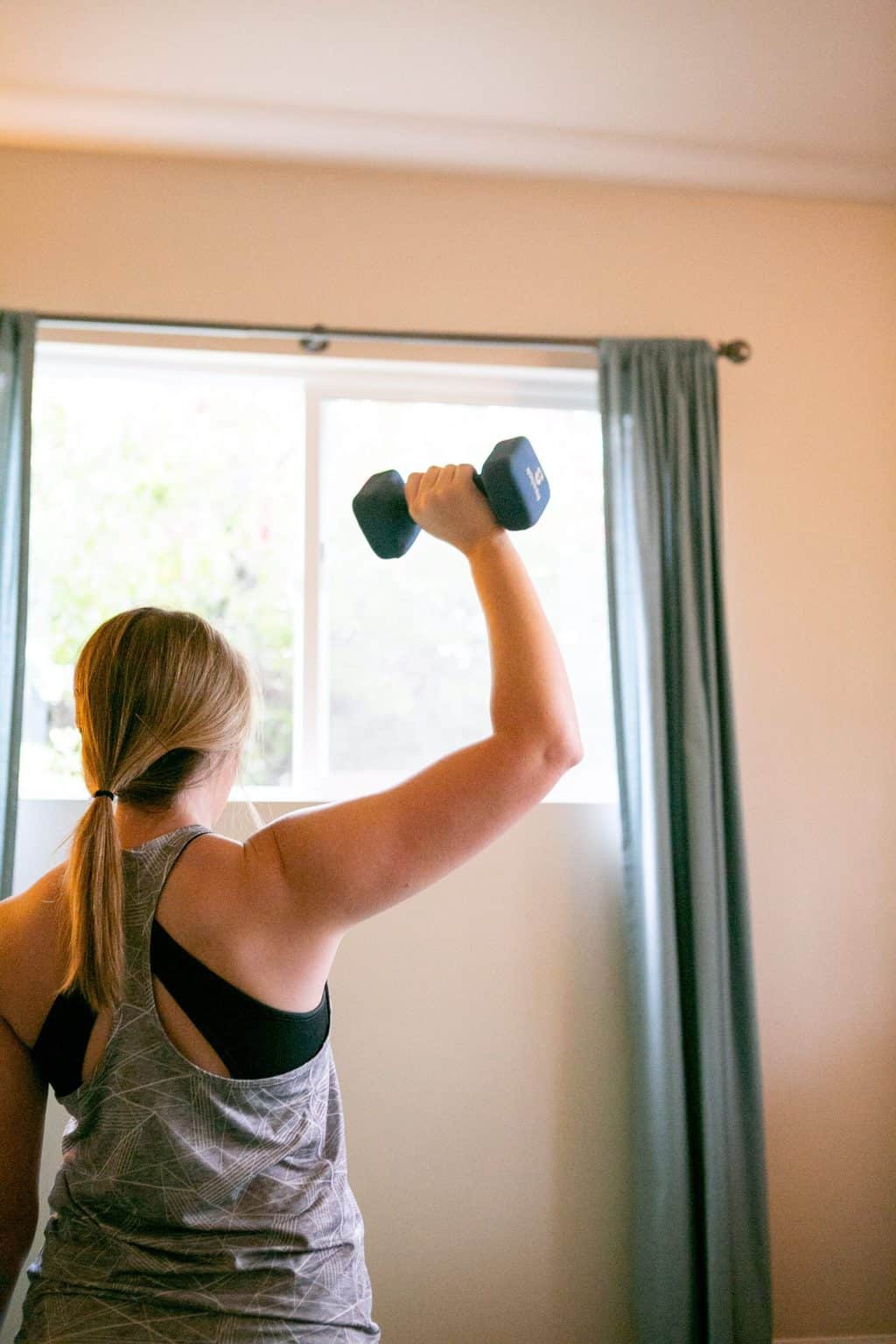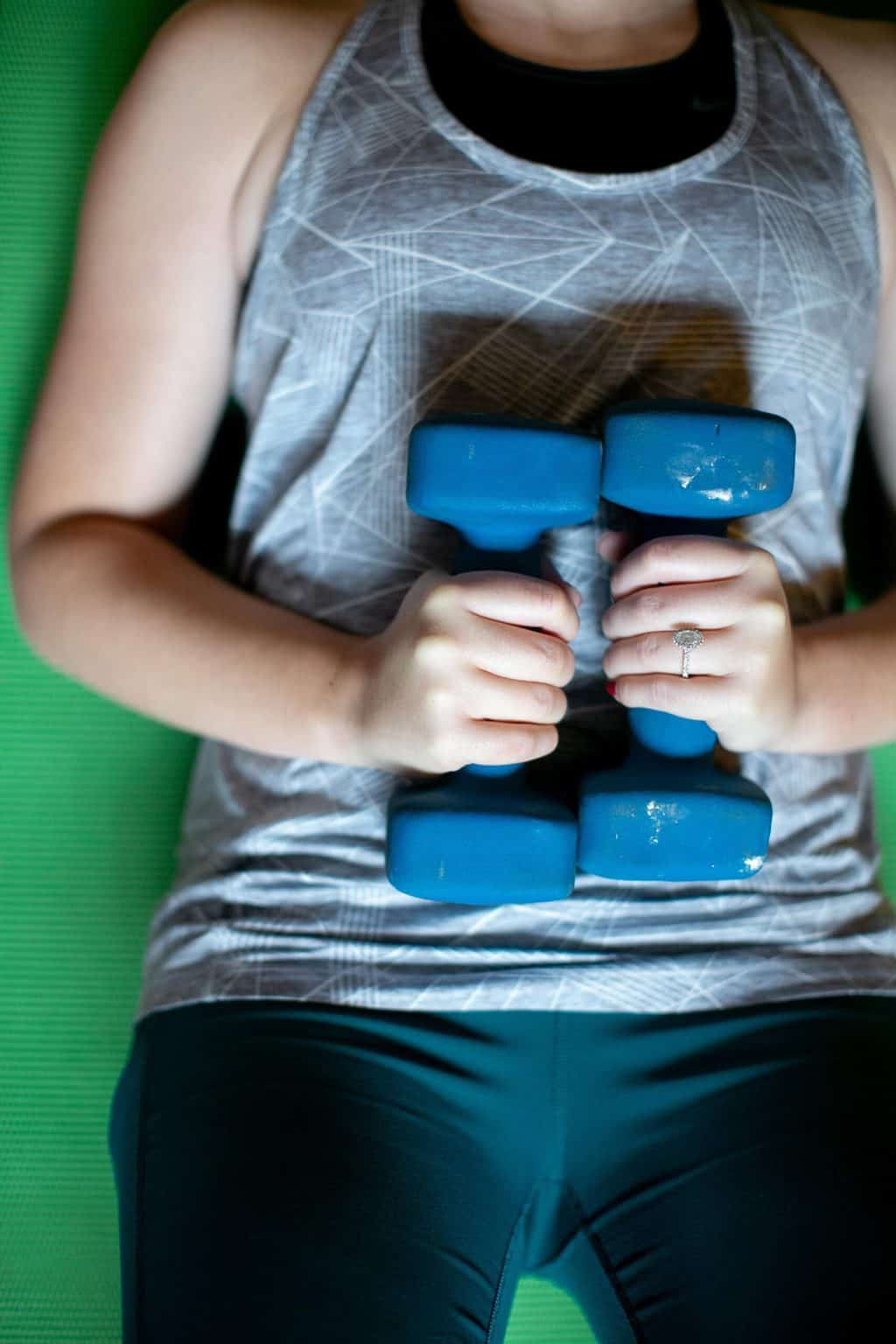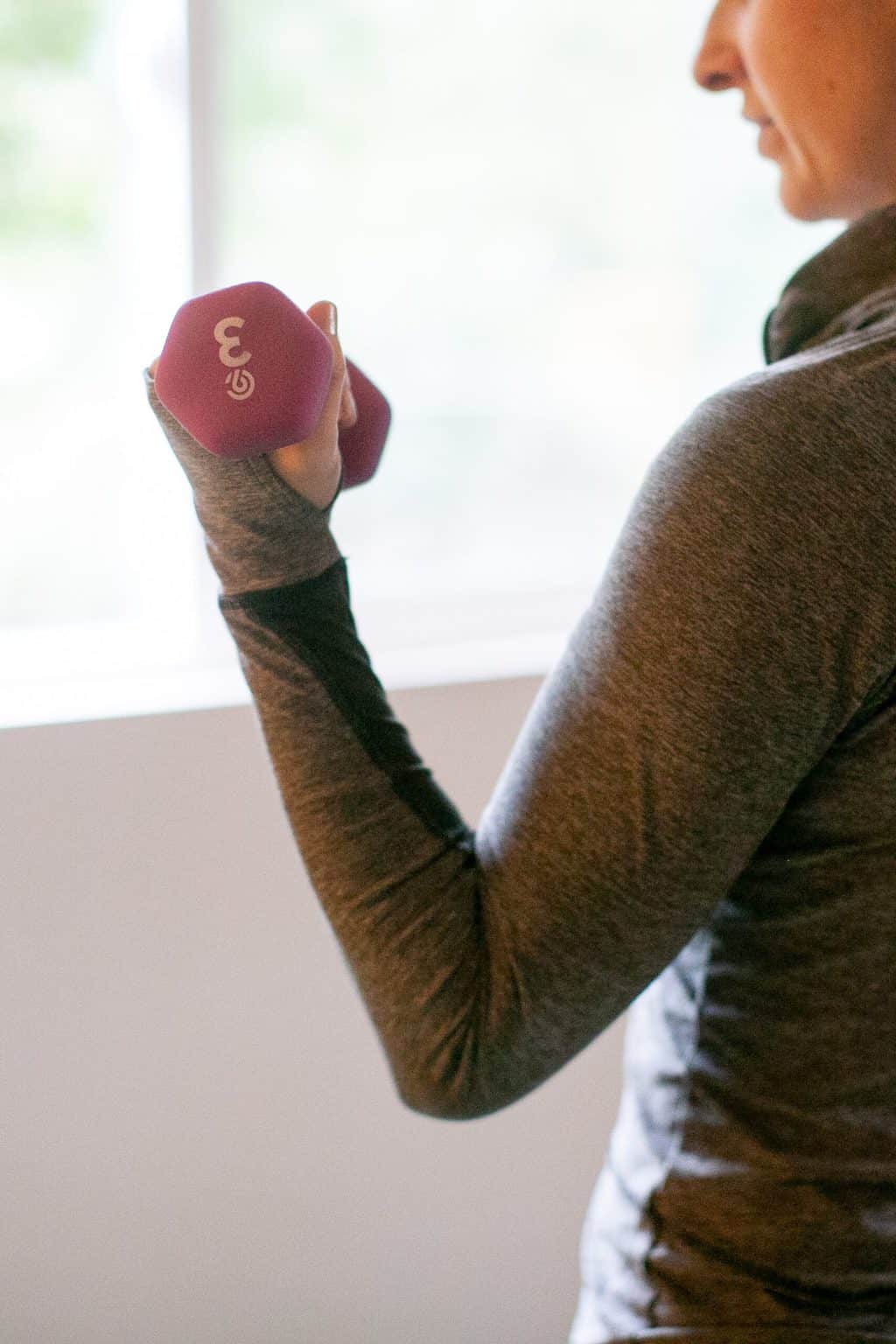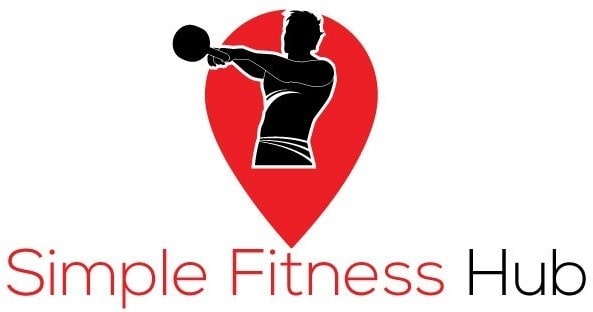Building lean muscles and staying in shape is the primary goal for many fitness lovers. This not only helps you remain healthy, it also contributes to your performance in day-to-day activities. Over the years, dumbbells have become part of the fitness routine of many athletes because of the numerous benefits they have to offer.
Just like any other free weight, dumbbells come in different sizes. Some of the sizes you can expect to find include 2 kg, 5 kg, to 20 kg, which is equal to about 5 lbs, 11 lbs, and 44 lbs. But, despite all the benefits people receive, most people still doubt that 2 kg or 5 lb dumbbells are useful in building lean muscles.
Are 2 kg Dumbbells Effective?
Yes, 2 kg or 5 lb dumbbells are just as effective as other dumbbell weights, and they’re actually an excellent weight option for anyone who wants to start dumbbell training.

The first step in toning and strengthening your muscles is using the right size dumbbell. When you’re beginning to regularly train with free weights, you shouldn’t use a dumbbell that’s too heavy for you. That’s why 2 kg or 5 lb dumbbells are ideal for beginners.
Will Lifting 5-pound Weights Do Anything?
Gone are the days when you had to lift heavy free-weights to see a difference in your body. The truth is, all you need is a 5-pound weight“. Using 5-pound or 2 kg dumbbell weights enables you to perform resistance training. With time you’ll get to see notable changes around your arms, back, and shoulders.
However, make sure you do more reps, as these will help you attain better results within a short time. Lifting 5-pound dumbbell weights also help you learn and maintain proper form and technique as you build your strength to handle more dumbbell weight.
Can Dumbbells Help Build Muscle?
Yes, 2 kg or 5 lb dumbbells can help you build muscles. With workouts like bicep curls, upright rows, lateral raises, and bent-over rows, you can easily build muscles with 2 kg or 5 lb dumbbells.
Just remember, working out without a proper diet can lead to muscle damage. Make sure you also incorporate a proper diet and the right supplement stack, as these will make building lean muscles easier.

How Much Weight Should I Lift As A Beginner?
Whether you’re a beginner or have been training for a while, you should never overlook the importance of choosing the right dumbbell weight. If you’re starting to train with free weights, begin with lighter weights like a 2 kg or 5 lb dumbbell and work your way up. Starting too heavy might cause injury or strain.
Some of the questions you should consider when choosing the right dumbbell are:
What are your Weight Lifting Goals?
Do you want to develop a particular muscle group? Perform a better curl? Gain stamina? Setting goals, especially weight lifting goals, will help you choose the right dumbbell weight to use. While heavier dumbbells are good for building muscles, lighter dumbbells are better for stabilizing your muscles as they support your joints and tendons.
In general, the larger the muscle, the more weight it can lift. For triceps, biceps, and deltoids, use small to medium dumbbells. When working on your leg, back, and chest muscles use medium to large dumbbells. Keeping your weight lifting goals present can help you stay focused.
What is Your Skill Level?

Depending on your skill level and exercise, you might want to use dumbbells of different weights. For example, if you are doing a squat with dumbbells, you might have to choose a 20-pound dumbbell set“. If you are learning how to use dumbbells, you will have to start light, as this will help you focus on developing your form.
Make sure you always start new exercises with lighter dumbbell sets. This will help you learn proper technique and form. After at least two to four weeks of practicing the moves with lighter dumbbells, you can move onto heavier dumbbell sets.
What is Your Strength Level?
When choosing the dumbbell weight, you also have to consider your strength level. Starting with light dumbbells like 2 kg or 5 lb allows you to master proper form for each exercise. You can start slowly with a manageable dumbbell and then gradually build your strength for more weight.
For example, you might start working out with dumbbell weights of 2 kg or 5 lb, and find that they aren’t challenging enough. At that point, you can gradually increase the weights. Also, try keeping a journal recording of how many sets of exercise you do, the weight of the dumbbell you chose for the exercise, and whether the dumbbell was too heavy, light, or just right.
Conclusion
Remember, one size doesn’t fit all types of exercises. Once you determine which weights suit you, training becomes a walk in the park. You can also start achieving your body goals without having to worry about what size dumbbell to use.
